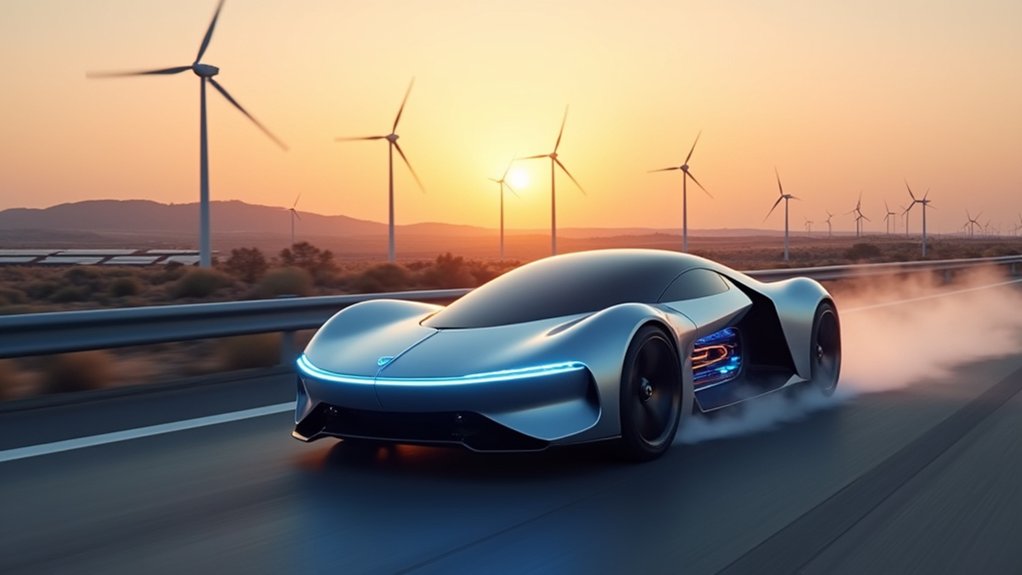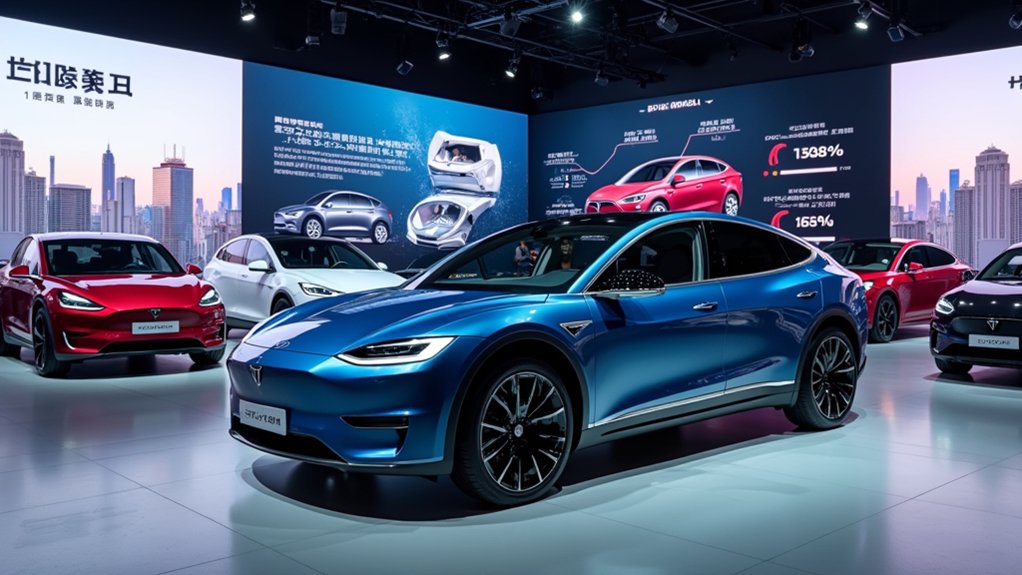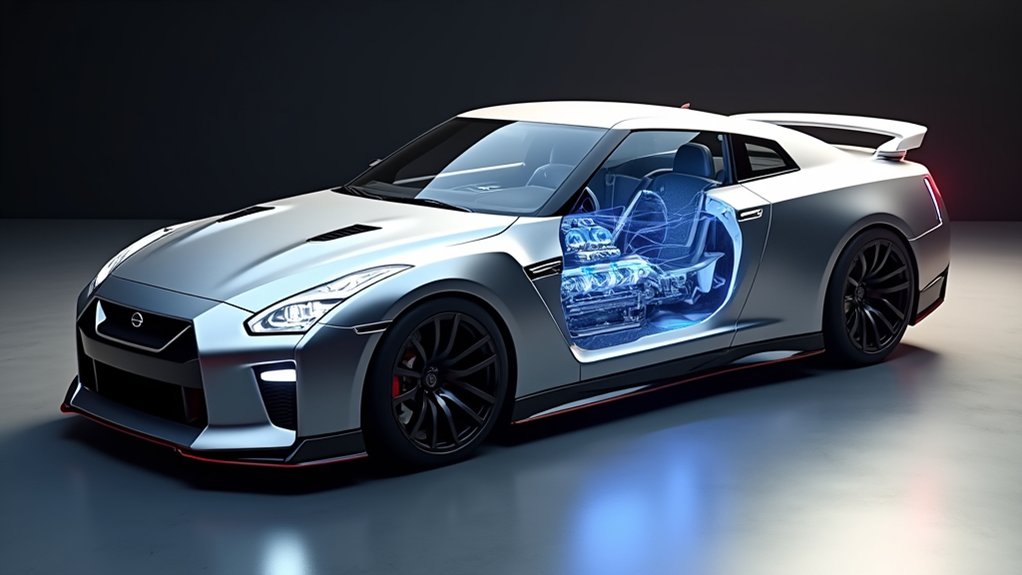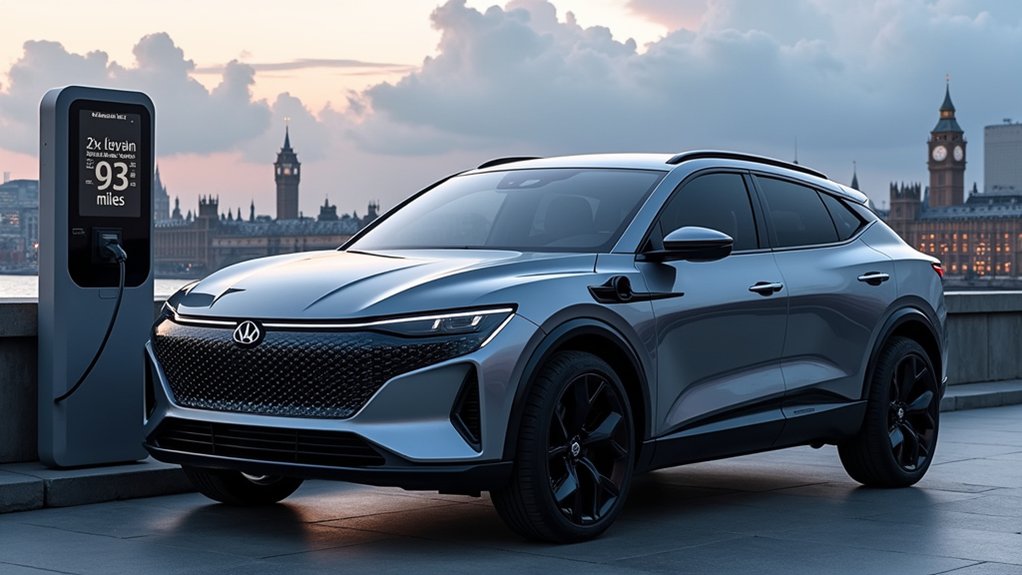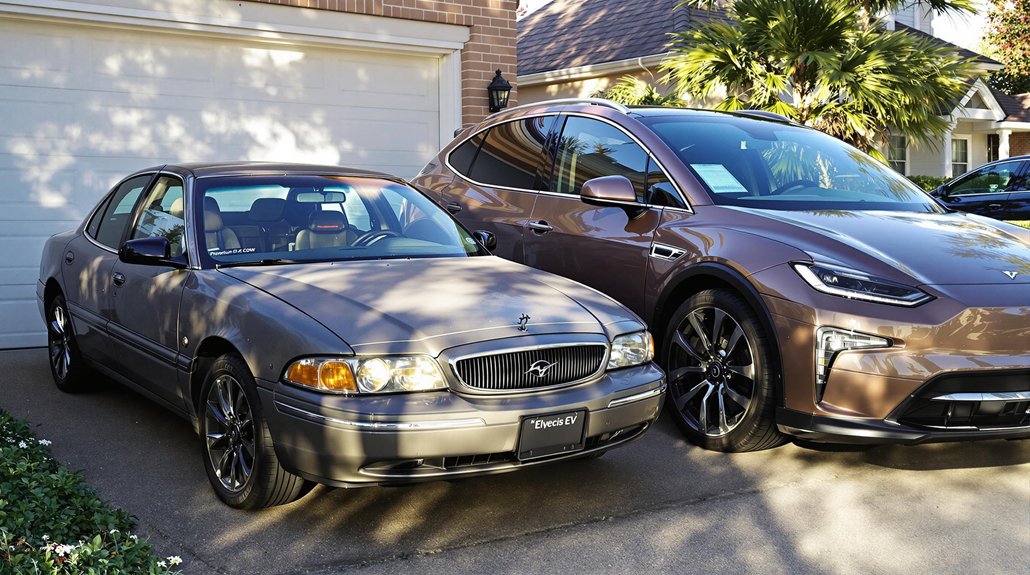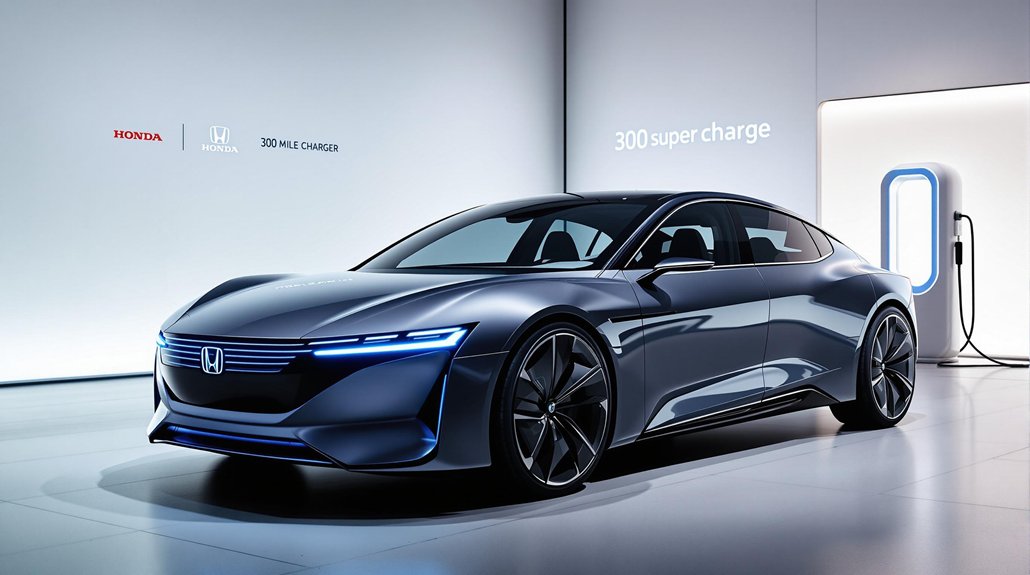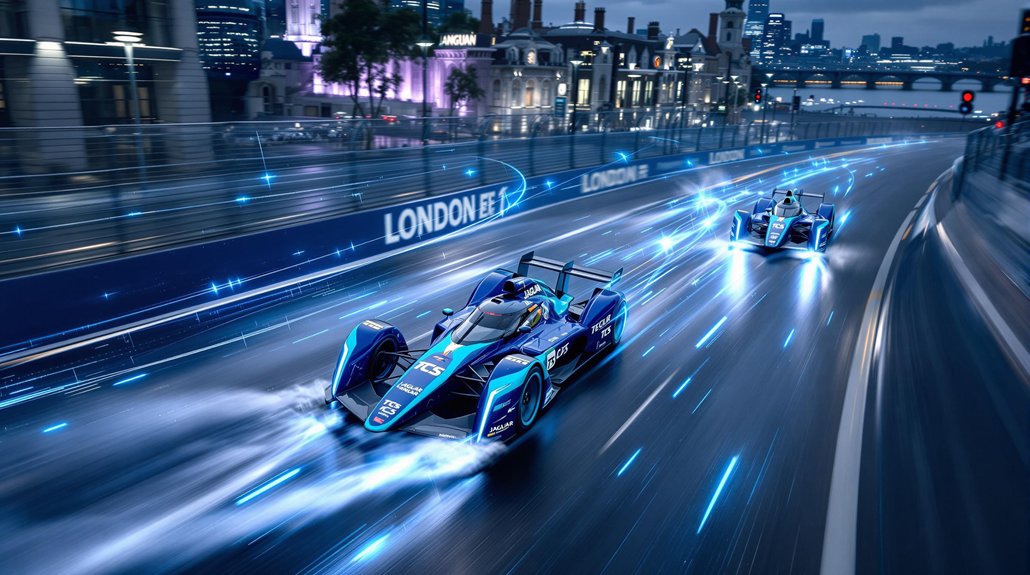The future of transportation quietly hums along our highways today. Hydrogen fuel cell vehicles (FCEVs) represent a notable departure from conventional automobiles, generating electricity through an elegant electrochemical process rather than combustion. These remarkable machines combine pressurized hydrogen with ambient oxygen inside specialized fuel cells, producing only water vapor as exhaust—a stark contrast to the carbon-laden emissions of traditional vehicles.
The technical sophistication of FCEVs is impressive. Each vehicle houses a complex array of fuel cells containing anodes, cathodes, and electrolytes where the hydrogen-oxygen reaction occurs. I’ve examined these systems closely and can confirm their 60% efficiency rate far outpaces conventional combustion engines. This superior efficiency translates directly to lower operational costs despite the current hydrogen infrastructure limitations.
Fuel cell vehicles operate at 60% efficiency, making combustion engines seem primitive by comparison.
FCEVs utilize the same electric motor technology as battery-electric vehicles but solve the lengthy recharge dilemma. Refueling takes mere minutes at dedicated hydrogen stations, comparable to gasoline refills but without the environmental impact. The onboard buffer battery, notably smaller than those in all-electric vehicles, serves primarily to capture regenerative braking energy rather than as the main power source. The battery pack also provides supplemental power during acceleration events when additional electricity is needed.
Storage remains challenging, as hydrogen’s low volume density necessitates specialized high-pressure tanks. Engineers have developed remarkable composite materials capable of safely containing hydrogen at pressures exceeding 10,000 psi, addressing both safety and range concerns. These armored, carbon-fiber tanks are designed to withstand high-speed impacts without leaking, ensuring passenger safety.
The environmental benefits cannot be overstated. With water vapor as the sole emission, these vehicles contribute zero pollutants to urban environments, potentially transforming air quality in congested metropolitan areas. When hydrogen is sourced from renewable energy, the entire lifecycle approaches true zero-emission transportation.
While current hydrogen infrastructure remains limited, the automotive industry’s increasing investment signals confidence in this technology. FCEVs combine the environmental benefits of electric vehicles with the convenience of traditional refueling—a compelling proposition that positions them as serious contenders in our transportation future.
